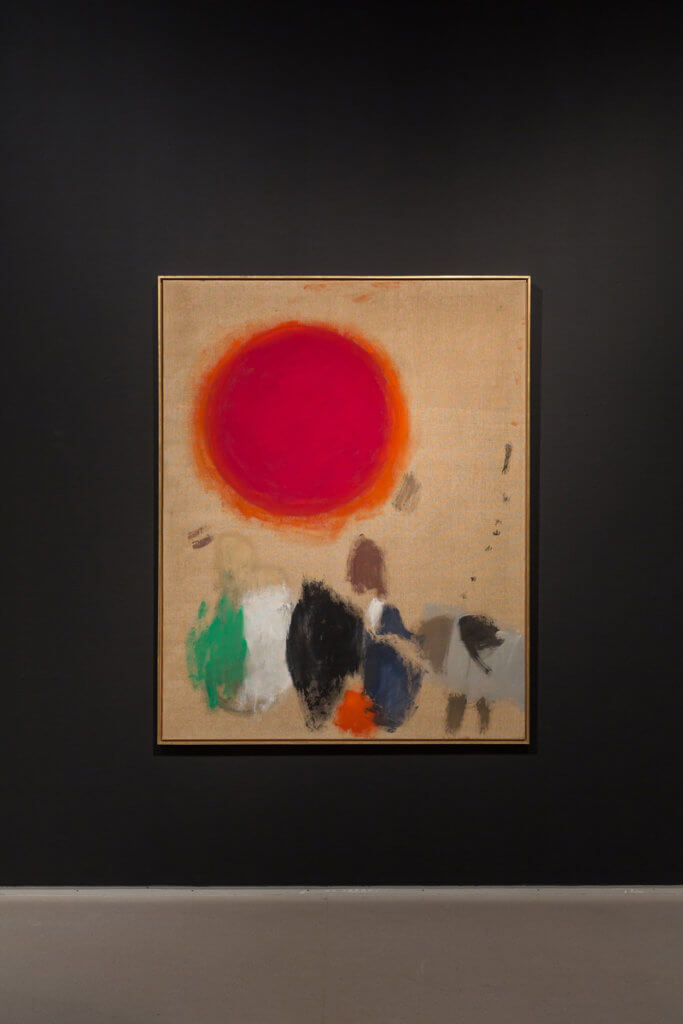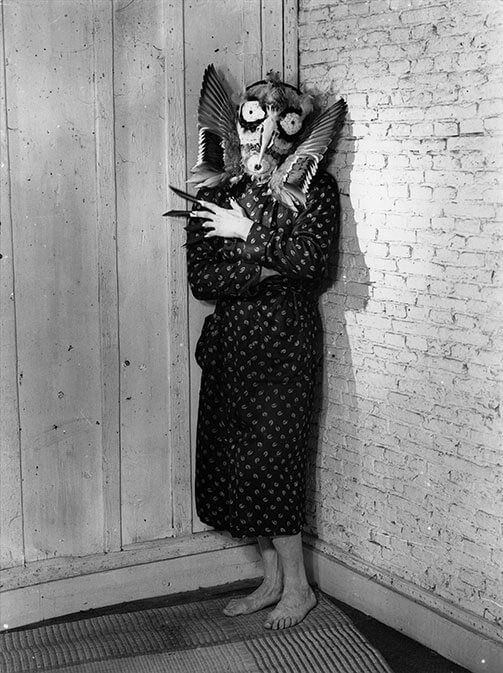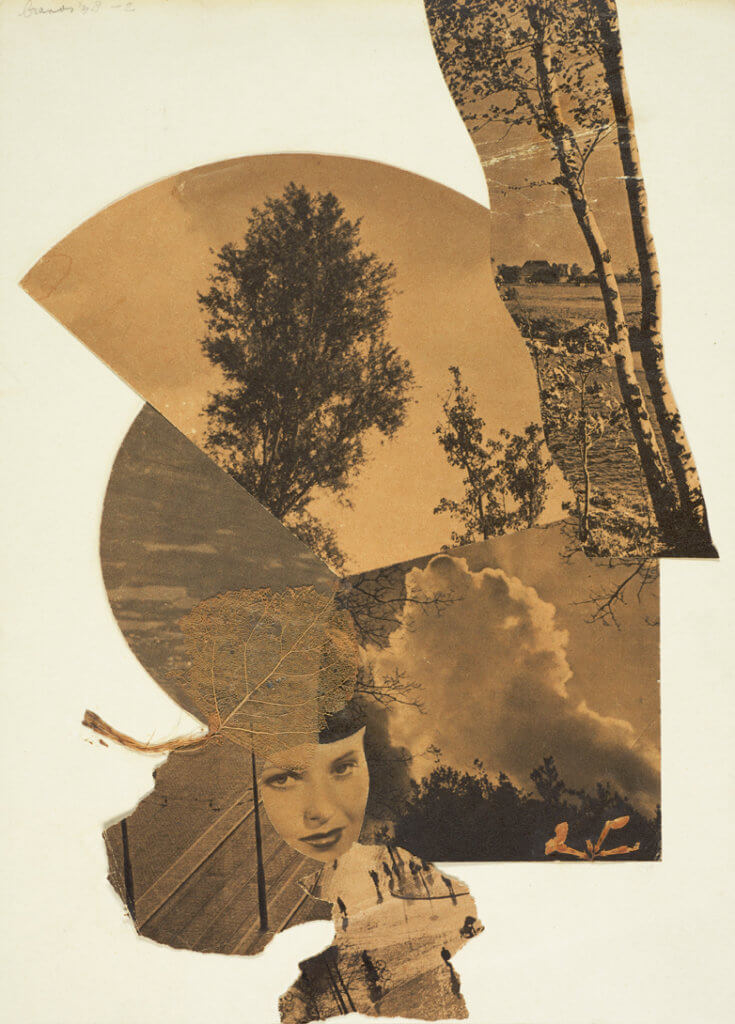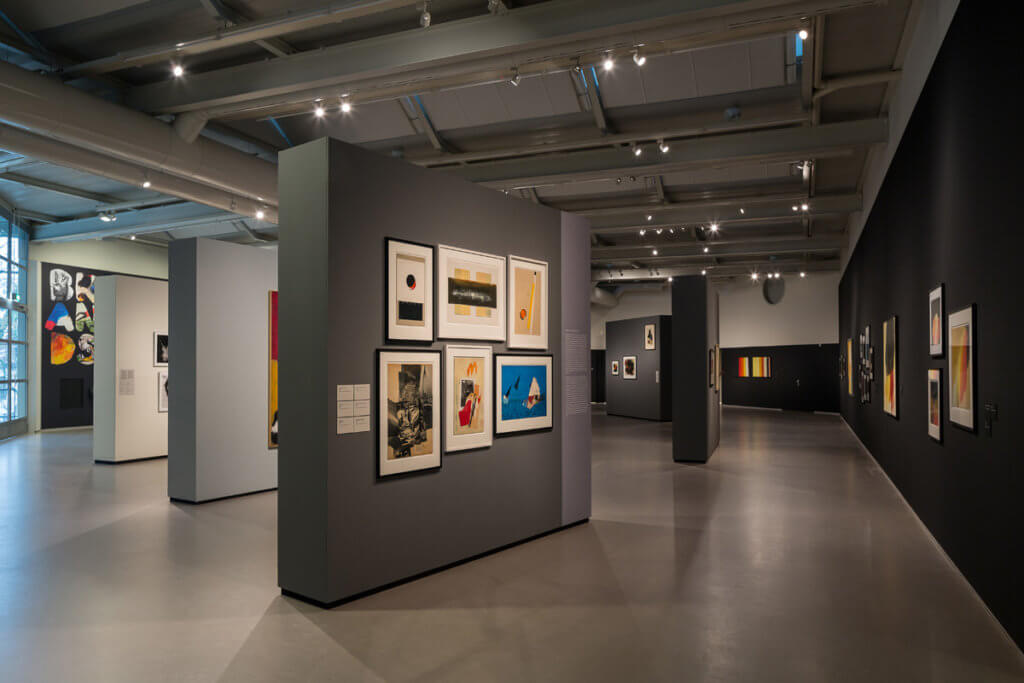- The first major retrospective of Eugène Brands with over a hundred works
- Brands created a rich and wide-ranging oeuvre around various themes, such as the children’s drawings, the ‘panta rhei’ principle (everything flows) and the universe
- Brands was the initiator of the first, illustrious CoBrA exhibition at the Stedelijk Museum Amsterdam in 1949

In 21018 the exhibition Eugène Brands: from studio to universe was on view at the Cobra Museum. This major retrospective – with over a hundred works – is a journey through the various periods of Brands’ oeuvre, starting in his living room studio and ending in the cosmos. The exhibition includes Brands’ surrealist work from the 1940s, the CoBrA period, the childlike figuration of the 1950s, and his abstract work on both earthly and cosmic themes.

Eugène Brands preferred to withdraw to the familiar surroundings of his studio at home. There he created his own microcosm in which he surrounded himself with his main sources of inspiration, including world music, ethnography and knowledge about the universe. From this domestic environment, Brands used his work to reflect upon the macrocosm and the attendant existential questions about life.
Brands was only briefly involved with CoBrA. In his CoBrA period, Brands abandoned the surrealistic elements in his work and painted in a fluent, (lyrical) abstract style. His artistic output alternated between gouaches and large oil painting and ‘reliefs’ of painted wood and found materials. He shared his interest in folk art and surrealism with the other members of the CoBrA group.
Inspired by his CoBrA period and his daughter Eugénie, who started drawing around this time, Brands began making figurative work with a remarkably childlike visual idiom in 1951. It was the childish innocence of children’s drawings that appealed to him, but also the strangeness and sometimes sinister undertone. He longed to express himself in a similarly uninhibited manner.

In the mid-60s, Brands found inspiration in the landscape, in nature and its mystery. Through these subjects in his painting, he also managed to find a new place in his oeuvre for his long-held fascination with the cosmos, the planets and stars. The ‘panta rhei’ principle of the Greek philosopher Heraclitus was central in this: the idea that everything flows, everything moves and everything is infinite. This resulted, among other things, in large abstract works that allowed more space for existential musings.

The exhibition Eugène Brands: between studio and universe is compiled by the Cobra Museum in collaboration with Eugénie Brands and the Eugène Brands Foundation. Works are on loan from the Christian Ouwens Collection, T.S. Okker, and the Kok – Van den Leuvert Collection, among others.
These and other collectors are central in the book initiated by Eugénie Brands and author Ruud Lapré, that will be published by 99 Uitgevers: 10 x verzameld (’10 x collected’). The book will be presented on the day of the exhibition opening, on 19 January at the Cobra Museum.
